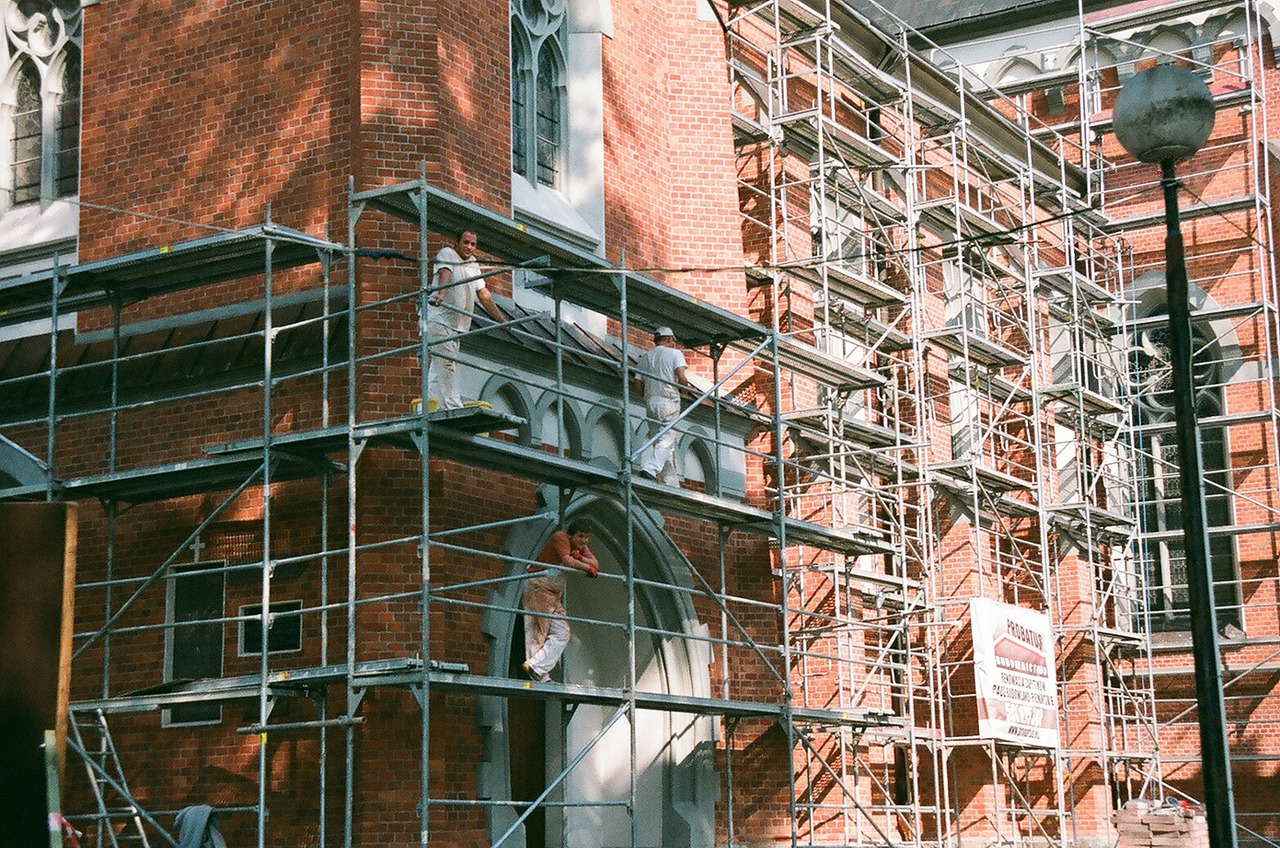It is a well-known scientific fact today that exposure to asbestos fibers can cause mesothelioma cancer. However, there are actually many types of asbestos (six to be exact).
All six types of asbestos minerals are carcinogenic in nature, meaning that they can all cause cancer. However, the six distinct types of asbestos all have unique physical traits and chemical compositions. Due to these differences, it is natural to question whether the type of asbestos a victim was exposed to could affect the latency period of the disease.
After all, chrysotile accounts for the vast majority of commercial asbestos used worldwide. One might think, then, that the less common forms of asbestos may have a lesser or longer latency period for victims who were diagnosed with mesothelioma after being exposed to amosite, tremolite and other asbestos types.
Based on research from Germany, however, there is reason to think this is not the case. Here is a closer look at the researcher’s work that suggests asbestos type will not affect latency periods.
Asbestos Type Does Not Affect Mesothelioma Latency Periods?
Mesothelioma is a difficult disease to diagnose largely because it has an incredibly long latency period. Indeed, some mesothelioma patients have been diagnosed as soon as 10 years after exposure to asbestos, but it is far more common to be diagnosed with mesothelioma 20 to even 50 years after exposure.
The German researchers at Ruhr-University Bochum aimed to take a closer look at these latency periods by tracking the presence of asbestos fibers in the tissue of lungs as time progresses.
The researchers ultimately discovered that asbestos fiber volume does not decrease over time, which is a general truth that applies to every type of asbestos. This seems to suggest, then, that the type of asbestos that caused mesothelioma will have no impact whatsoever on latency periods. Of special note was the research team’s finding that chrysotile (the most common type of asbestos) also remained stable over time.
This finding is significant because some experts and studies have indicated there may be reason to believe that the body rids itself of chrysotile asbestos more easily than the other forms of asbestos. This latest study puts those findings in doubt.
If these findings are correct, then chrysotile is just as dangerous as any other type of asbestos. And, it must also be said that there is no currently established level of asbestos exposure that is deemed safe, regardless of the asbestos type.
If you or a loved one has been diagnosed with an asbestos-related disease like mesothelioma, our team at The Ledger Law Firm will investigate your legal claim to determine whether you are entitled to compensation. Once our investigation can prove that you were exposed to asbestos by a legally responsible party and that the exposure caused your mesothelioma, you will receive the funds that are owed.
Contact us online to discuss your mesothelioma claim with a Ledger Law mesothelioma attorney today.

